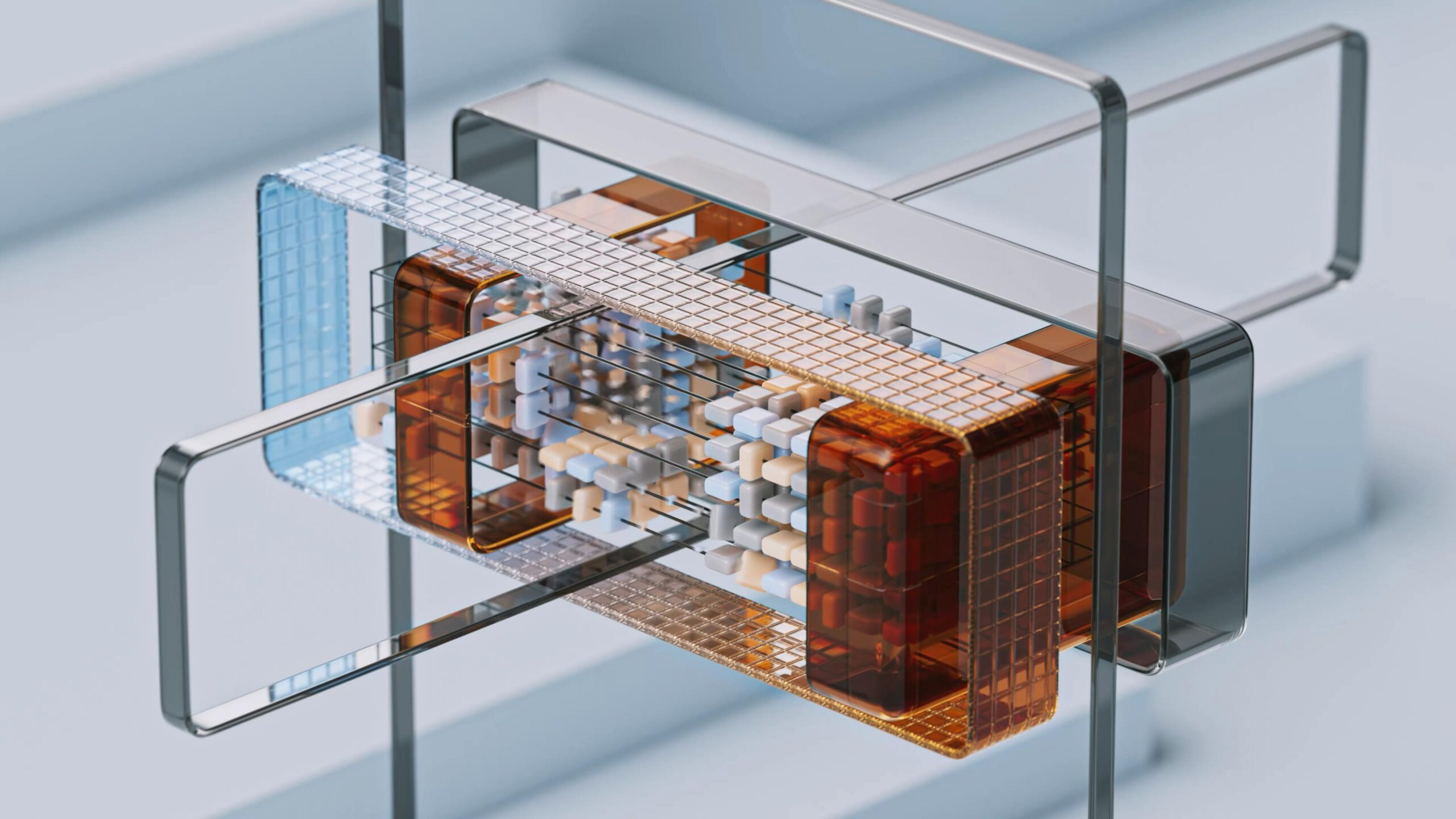As a professional designer, I understand the importance of using the right tools to bring my ideas to life. One such tool that has revolutionized the design industry is 3D modeling software. With the ability to create realistic and detailed 3D models, this software has become an essential part of many industries, including architecture, gaming, animation, and product design. In this article, I will explore the best 3D modeling software available in 2024, highlighting their key features, benefits, and industry-specific applications.
Importance of Choosing the Right 3D Modeling Software
Selecting the right 3D modeling software is crucial for any design project. It can significantly impact the quality of the final product, the efficiency of the design process, and the overall user experience. The right software should not only provide a wide range of modeling tools but also be user-friendly and compatible with other software and hardware. Additionally, it should offer advanced features such as rendering capabilities, animation tools, and support for different file formats. By choosing the right 3D modeling software, designers can streamline their workflow, enhance their creativity, and deliver exceptional results.
Key Features to Consider in 3D Modeling Software
When evaluating 3D modeling software, several key features should be considered. Firstly, the software should offer a variety of modeling tools, including mesh modeling, NURBS modeling, and sculpting. This ensures that designers have the flexibility to create complex and intricate designs. Secondly, the software should have a robust rendering engine that can produce realistic and high-quality visuals. This is particularly important for industries such as architecture and product design, where visual accuracy is crucial. Additionally, the software should support animation tools, allowing designers to bring their models to life with realistic movements and interactions. Finally, compatibility with other software and hardware is essential to ensure a seamless workflow and integration with existing design tools.
Top 3D Modeling Software in 2024
In 2024, several 3D modeling software have emerged as the top choices for designers. These software offer a wide range of features and capabilities, making them suitable for various industries and design projects. Here are the top 3D modeling software in 2024:
Autodesk Maya: Autodesk Maya is a powerful and comprehensive 3D modeling and animation software widely used in the film, gaming, and animation industries. It offers a vast array of tools for modeling, texturing, rigging, and animation, making it a favorite among professionals. With its advanced rendering capabilities and support for scripting and plugins, Maya provides unparalleled flexibility and customization options.
Blender: Blender is a free and open-source 3D modeling software that has gained popularity for its versatility and community-driven development. It offers a wide range of features including modeling, texturing, animation, and rendering. Blender’s user-friendly interface and extensive library of tutorials make it accessible to both beginners and experienced designers. Despite being free, Blender rivals many commercial software in terms of functionality and performance.
SketchUp: SketchUp is a user-friendly 3D modeling software widely used in the architecture and construction industry. It offers a simplified interface and intuitive tools, making it easy for designers to create accurate and detailed models. SketchUp’s extensive library of pre-built 3D models and its integration with other design software make it a popular choice for architects and interior designers.
Comparison of the Top 3D Modeling Software
While all three software mentioned above are highly regarded in the industry, they differ in terms of their target audience, features, and pricing. Let’s compare them to help you make an informed decision:
- Autodesk Maya: Maya is ideal for professionals in the film, gaming, and animation industries who require advanced tools and customization options. It offers a comprehensive set of features, but its pricing can be on the higher side, making it less suitable for beginners or hobbyists.
- Blender: Blender, being free and open-source, is a great choice for designers on a budget or those who prefer a community-driven software. It offers a wide range of features comparable to commercial software, but its learning curve can be steep for beginners.
- SketchUp: SketchUp is best suited for architects and interior designers who require a simplified interface and quick design iterations. While it may lack some of the advanced features of Maya and Blender, its ease of use and integration with other software make it a valuable tool for architectural visualization.
Benefits of Each 3D Modeling Software
Each of the top 3D modeling software discussed above offers unique benefits that cater to different design needs. Here are the key advantages of using each software:
- Autodesk Maya: Maya’s extensive toolset and customizable workflow allow professionals to create highly detailed and realistic 3D models. Its advanced rendering capabilities and scripting support make it a favorite among artists and technical directors in the film and gaming industry.
- Blender: Blender’s free and open-source nature, coupled with its powerful features, make it a cost-effective choice for designers of all levels. Its active community and extensive library of add-ons and plugins ensure continuous development and support.
- SketchUp: SketchUp’s intuitive interface and simplified tools make it easy for architects and interior designers to create accurate and visually appealing models. Its integration with other design software, such as AutoCAD, facilitates a seamless workflow for architectural professionals.
Industry-Specific 3D Modeling Software
Apart from the top 3D modeling software mentioned above, various industry-specific software have emerged to cater to the specific needs of different sectors. These software offer specialized tools and features that enhance productivity and efficiency in their respective industries. Here are a few examples:
- AutoCAD: AutoCAD is widely used in the architecture, engineering, and construction industry for 2D drafting and 3D modeling. Its precision and accuracy make it a valuable tool for creating detailed architectural plans and construction documentation.
- ZBrush: ZBrush is a digital sculpting software used in the gaming and film industry for creating highly detailed and organic models. Its advanced sculpting and texturing tools make it a go-to software for character and creature design.
Free and Open-Source 3D Modeling Software
In addition to Blender, several other free and open-source 3D modeling software have gained popularity in recent years. These software provide an affordable alternative to commercial software without compromising on functionality. Here are a few noteworthy options:
- FreeCAD: FreeCAD is an open-source parametric 3D modeling software that is ideal for mechanical engineering and product design. It offers powerful modeling tools and supports a wide range of file formats.
- Sculptris: Sculptris is a beginner-friendly sculpting software that allows artists to digitally sculpt 3D models. Its intuitive interface and dynamic tessellation system make it a great tool for artists exploring the world of digital sculpting.
Future Trends in 3D Modeling Software
The field of 3D modeling software is constantly evolving, and several trends are shaping its future. One such trend is the integration of artificial intelligence (AI) into modeling software. AI algorithms can assist designers in automating repetitive tasks, generating realistic textures, and even predicting design outcomes. Another emerging trend is the use of virtual reality (VR) and augmented reality (AR) in 3D modeling. These technologies allow designers to immerse themselves in their creations and visualize them in real-world environments, enhancing the design process and client presentations.
Conclusion
In conclusion, choosing the right 3D modeling software is crucial for designers looking to bring their ideas to life. The top 3D modeling software in 2024, such as Autodesk Maya, Blender, and SketchUp, offer a wide range of features and benefits suitable for different industries and design projects. Additionally, industry-specific software and free and open-source alternatives provide specialized tools and affordable options. As the field of 3D modeling software continues to evolve, integrating AI and VR/AR technologies, designers can expect even more powerful and intuitive tools to enhance their creativity and productivity. So, explore the options, consider your specific needs, and make an informed choice to take your 3D designs to the next level.


